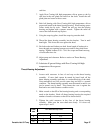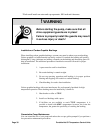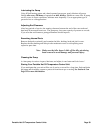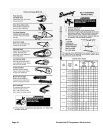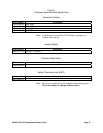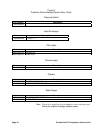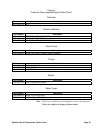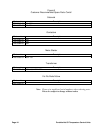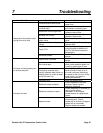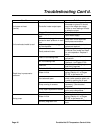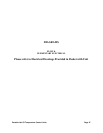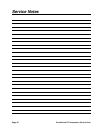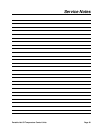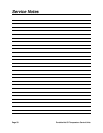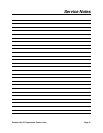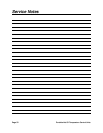
Portable Hot Oil Temperature Control Units Page 45
7 Troubleshooting
Condition Possible cause Solution
Undersized connectors/lines.
Increase size of connectors/
water lines.
Long connecting lines between
unit and mold.
Move the unit closer to the mold
and shorten connecting lines.
Serpentine flow through mold.
Connect lines for parallel flow
instead of series flow.
Blocked line in mold.
Check mold for metal chips or
deposits. Clean mold.
Quick disconnect fitting with
check valve.
Remove and replace fitting or
valve.
Carbon build-up in unit piping or
fittings.
Clean or replace affected piping.
Replace fluid.
Faulty TCU.
Check unit by opening the
manual bypass to determine if
the TCU controls the set point
temperature.
Temperature fluctuations/rapid
cycling from hot to cold.
Reversed probes.
Switch Return and Delivery
probes.
Loss of fluid in process.
Check all lines/connections/
fittings.
Vent valve open.
Allow vent timer to run out; or,
check valve operation when unit
is cold by opening the fill port.
Faulty/dirty solenoid valve;
usually detected when there is a
steady stream or trickle of water
out of the drain line.
Switch to Manual Cool mode
several times to flush valve. If
the leak continues, disconnect
the power to the unit, turn off the
water supply, and clean or
replace the solenoid.
Unit does not heat properly/can
not achieve set point.
Degraded fluid. Drain and replace fluid.
Defective heater contactor.
Visual inspection of coil and
contacts. Repair/replace
defective contactors.
Defective immersion heater.
Check resistance on all three (3)
legs of heater with an
ohmmeter. If not all equal,
contact factory for replacement
heater.
Unit does not heat.
Heater burnout.
Check heater tank for scorched/
discolored paint. Check
resistance on all three (3) legs of
heater with an ohmmeter.
Replace heater as needed.



